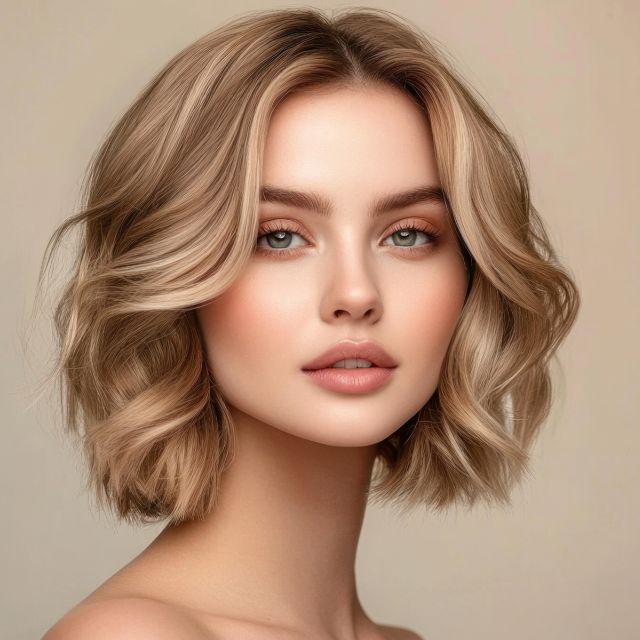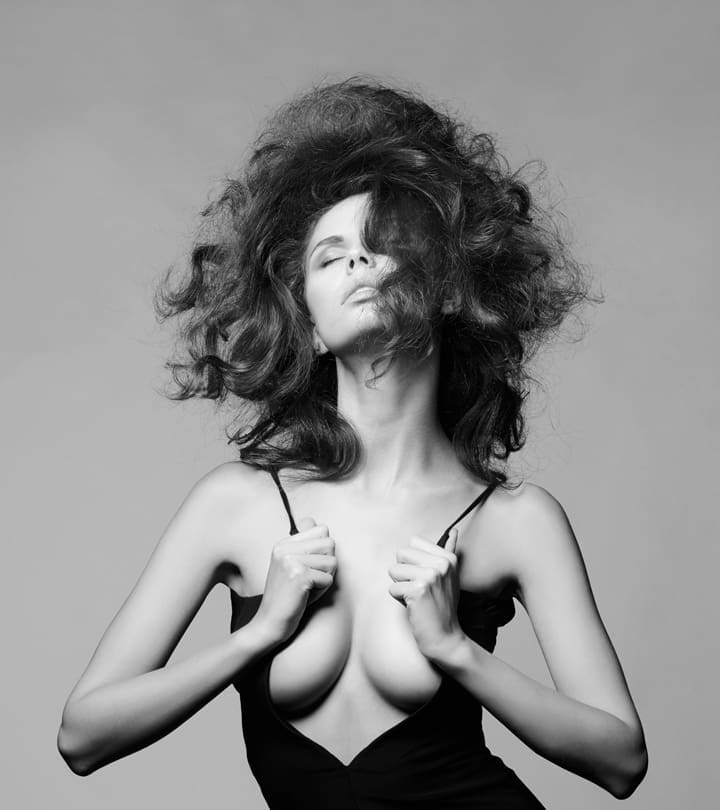Upper blepharoplasty (also called upper lid blepharoplasty) is a popular eyelid surgery that lifts and reshapes the upper eyelids to restore a brighter, more youthful appearance.
Upper Blepharoplasty: The Ultimate Solution for Droopy or Hooded Eyelids
13th November 2025


Eyes are one of the first features people notice, and one of the first to show signs of aging. Sagging upper eyelids, puffiness, and excess skin can make the eyes look tired or older than they actually are. In some cases, droopy eyelids can even affect your field of vision.
Upper blepharoplasty (also called upper lid blepharoplasty) is a popular eyelid surgery that lifts and reshapes the upper eyelids to restore a brighter, more youthful appearance. If you’ve been struggling with hooded or heavy eyelids, this procedure might be the ideal solution.
What is Upper Blepharoplasty?
Upper blepharoplasty is a precise surgical procedure performed on the upper eyelid. It involves removing excess skin, tightening loose muscles, and sometimes eliminating small amounts of fat that cause bulging.
This simple yet transformative surgery addresses:
- Droopy upper eyelids
- Hooded or heavy eyelids
- Wrinkles and skin folds
- Fatty deposits that cause puffiness
- Vision impairment due to sagging eyelid skin
By restoring the natural crease and contour of the eyelid, upper blepharoplasty creates an alert, refreshed look while maintaining your natural facial expression.
Why do eyelids become droopy?
As we age, skin loses its elasticity.
The delicate eyelid area is particularly prone to:
- Collagen breakdown
- Muscle weakening
- Fat displacement
- Genetic predisposition (common in hooded eyes)
These changes can make the eyelids sag, giving a constant tired or sad look even when you feel completely energized. Upper blepharoplasty corrects these age-related changes in a very targeted manner.
Who is a good candidate?
You may benefit from upper blepharoplasty if:
- You have excess skin folding over the eyelid
- Your eyes look tired or heavy due to drooping skin
- Your eyeliner smudges or disappears under the fold
- Sagging skin interferes with your vision
- You want a smoother, lifted eyelid crease
Both men and women commonly undergo this procedure to restore confidence and a youthful gaze.
Upper blepharoplasty before and after
Many patients feel the transformation is subtle yet incredibly impactful; the eyes appear more open, brighter, and well-defined.
While maintaining a natural look is the goal, patients are often surprised by how much this small change can boost their confidence.
Benefits of upper blepharoplasty
- More youthful and awake appearance
- Improved vision if drooping was obstructive
- Long-lasting aesthetic results
- Minimal downtime
- Natural eyelid crease enhancement
Many individuals say they look like a fresher, happier version of themselves, not different, just better.
Recovery after upper blepharoplasty
Healing is usually smooth and manageable.
Here’s what to expect:
Recovery Timeline
- Day 1–3: Mild swelling, bruising, and tightness
- Day 5–7: Stitches removed (if non-dissolvable)
- Week 1–2: Bruising fades, normal activities resume
- Week 4–6: Final results begin to become visible
- 3 months: Fully healed and refined eyelid contour
Aftercare Tips
- Apply cold compresses as advised
- Keep head elevated for the first few days
- Avoid rubbing or stretching eyelids
- Refrain from strenuous exercise for 1–2 weeks
Dr. Adnan Tahir ensures a personalized recovery guide to support optimal healing and results.
How long do the results last?
Upper blepharoplasty offers long-lasting benefits, typically 7–10 years or more.
Some people enjoy results for a lifetime, depending on:
- Genetics
- Lifestyle
- Skin quality
- Aging process
A healthy skincare routine and sun protection help preserve outcomes longer.
Upper Blepharoplasty Cost
The cost of upper blepharoplasty varies depending on individual needs and goals, but general pricing influences include:
- Surgeon’s expertise
- Type of anesthesia used
- Extent of eyelid correction required
- Clinic facilities and technology
A customized quotation will be provided during consultation with Dr. Adnan Tahir, ensuring transparency and clarity before proceeding.
Investing in upper blepharoplasty is not just about aesthetics; it can also improve comfort and quality of life, especially when vision is affected.
Risks and Safety
Like any surgical procedure, there are some minor risks such as temporary dryness, swelling, or asymmetry. Choosing a highly qualified and experienced plastic surgeon significantly minimizes complications and ensures a naturally blended result.
With his aesthetic eye and advanced surgical precision, Dr. Adnan Tahir prioritizes patient safety and beautiful, harmonious outcomes.
Why choose Dr. Adnan Tahir for upper blepharoplasty?
Dr. Adnan Tahir is known for delivering results that look refreshed, not overdone.
His approach focuses on:
- Preserving each patient’s unique features
- Achieving balance and symmetry between the eyes
- Using minimally visible incisions
- Enhancing emotional expression through natural beauty
Every treatment plan is tailored to suit your eyelid anatomy, expectations, and personal aesthetic goals.
Feel more awake and confident with upper blepharoplasty at Dr. Adnan Tahir’s
If your eyelids are affecting your appearance or vision, Upper blepharoplasty can be life-changing. It’s a small procedure that leads to a powerful improvement in how you look and feel every day.
A brighter, more open gaze can bring back the spark in your eyes and boost your overall confidence.
Consult Dr. Adnan Tahir to explore whether upper blepharoplasty is right for you. His personalized guidance ensures that your journey is safe, comfortable, and rewarding from start to finish.
FAQs
What is upper blepharoplasty?
It is a surgery that removes excess skin and tightens the upper eyelid to create a more lifted, refreshed look.
Who should consider upper blepharoplasty?
Anyone with hooded, sagging, or heavy eyelids that affect their appearance or obstruct their vision may be a good candidate.
How long does the procedure take?
Typically 45–90 minutes, depending on how much correction is needed.
Is upper blepharoplasty painful?
Most patients feel only minor discomfort as the procedure is performed under local anesthesia with light sedation.
How long is the recovery time?
Initial healing usually takes about 1–2 weeks, with final results appearing over a few months.
Will there be a visible scar?
No, the incision is hidden in the natural eyelid crease, making the scar nearly unnoticeable once healed.
How long do results last?
Results can last 7–10 years or longer, depending on skin aging and lifestyle factors.
Can upper blepharoplasty improve vision?
Yes, if droopy skin is blocking the field of vision, the procedure can help you see more clearly.
Is the surgery safe?
When performed by a qualified plastic surgeon, upper blepharoplasty is considered a low-risk and effective procedure.
When can I return to work?
Many patients are able to get back to light activities within a week, once swelling and bruising begin to fade.






